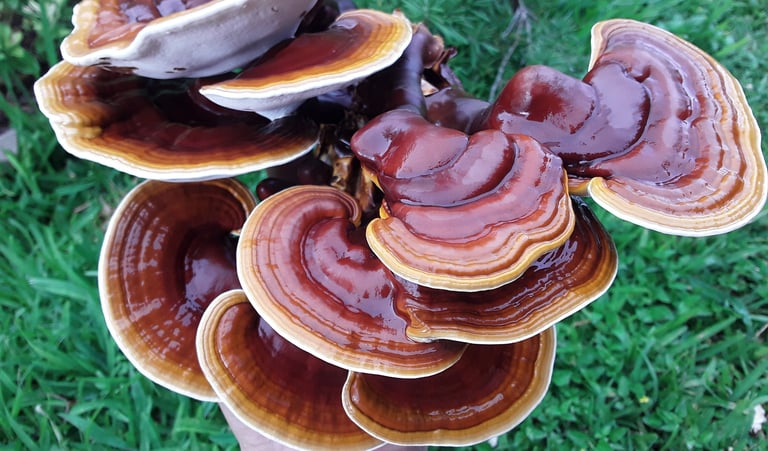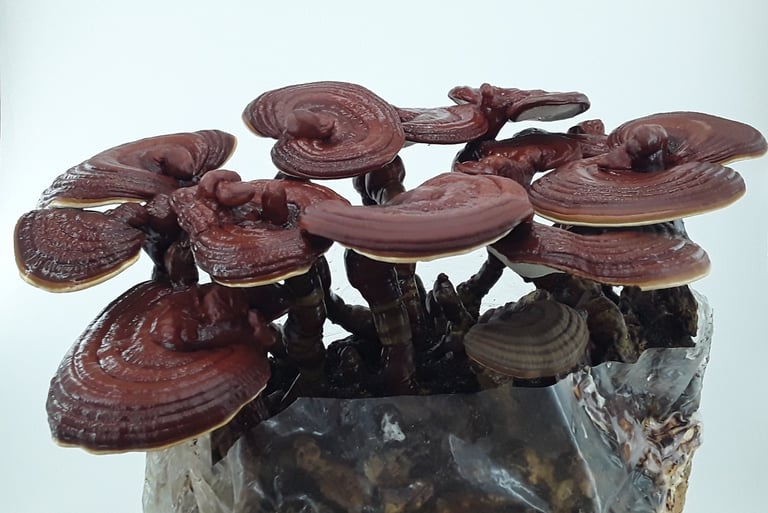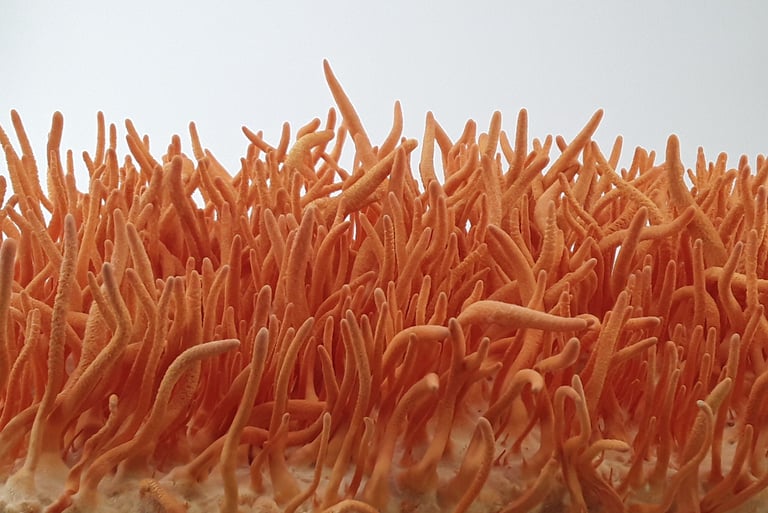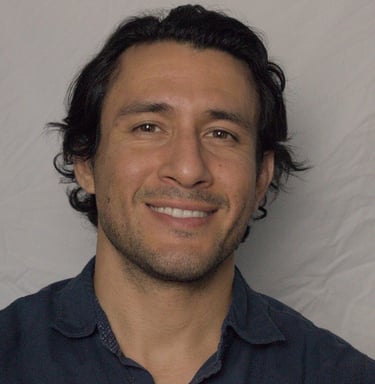Capturing Wild Mushrooms
12/21/20243 min read


If you have ever wondered where those delicious gourmet mushrooms end up at the store? At one point, those mushrooms where out in the wild somewhere and a
For those mushrooms to be available as a product, those mushrooms go on quite a journey. First off, they have to survive the environment they are growing in. Then they have to out compete other fungi and microorganisms to reach maturity to disperse its spores.
The fungal network has to constantly adapt and search for food in hostile environment. Wouldn't it be nice to grow in peace?
We can help the fungi do this by taking a piece.... of live tissue and growing it a protected environment. We can then expand this tissue into our own mushroom kingdom. With the right set of skills.
This is how we capture wild fungi.
Locating wild mushrooms is exciting and the depending where you live, the window for discovery can be short. They will only show themselves when the conditions are just right. The best time to look for them is a day or two after a nice saturating rain.
First we'll need a few things. Below is a video of an exploration I did where I show you my load out for foraging.
You don't need everything shown in the video, but the 3 primary items you'll need for collection are: a knife, brush, and breathable container.
Collection steps
1. Brush off fungi.
2. Pick from the base of the stem or cut off a piece of healthy looking tissue. Don't over harvest.
3. Place your tissue sample in a storage container.
4. Dance in place for a moment
Now that you have some fresh fungi tissue samples, the clock is now ticking. The sooner you get the tissue transferred over to a new medium the better. Working with tissue samples is best done in a clean workspace. You can set up something simple or you can go big with a laminar flow hood.
In the video below, I show you the entire process of taking a wild reishi and isolating a clean and healthy tissue sample.

After our tissue has recovered and grown out in the petri dish, we take a small piece of that clean tissue and introduce it to our sterilized grains. Once the mycelium has grown on those grains, we make one more transfer by introducing those grains to a bulk substrate. This bulk substrate is usually your mushroom grow kits/blocks.
I won't go into too much detail about grow block production, but all we do is prepare substrate, usually sawdust with supplementation. We combine this with our grain spawn in a container that can retain moisture, protect from contamination, and allow for passive air circulation.
The mycelium will recover and leap off once again onto the new substrate. Once the mycelium has filled the container, we change the environmental condition to get the fungi to transition the next phase of its life cycle to produce fruiting bodies. Lastly, we maintain the right conditions for our fungi to thrive and harvest when they reach maturity.

And that's a brief story about the journey of the mushrooms we see at local markets and grocery store shelves. The fungi are starting to emerge and weave themselves into our diets. Supplements of these mighty fungi are becoming easier to purchase and information about them more available. It is a nice thing to see.
I hope this writing was informative and provided insight into the cultivation process. I have more to share with you about working with fungi, so be sure to check out my other writings and resources page.
Peace be with you.


Coryceps militaris
Ganoderma lucidum




Stay Real,
Louis San Miguel
